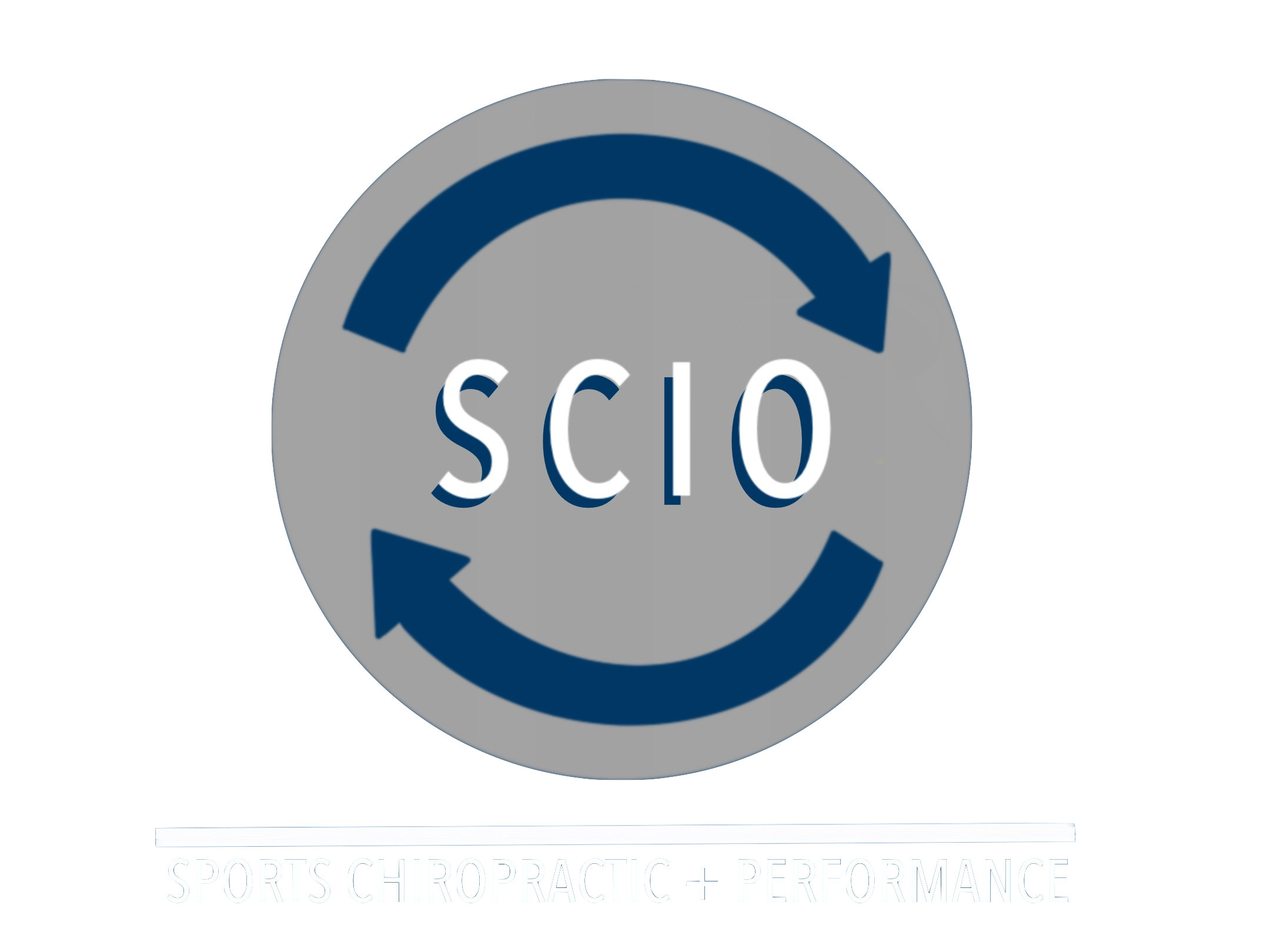Treatment Spotlight: Cupping
Hello again and welcome back to another educational blog post! This week we’ll be examining an ancient technique known as “cupping” that has widespread usage in modern manual therapy. We will also take a look at some benefits and risks of this type of treatment. Let’s get to it then, shall we?
RockPods, the cups we use at Solana Beach Family & Sports Chiropractic, can be used with both an active and a passive emphasis. Here we see them applied along the lateral posterior chain in a passive way.
The origin of cupping is a little unclear as records go as far back as 400 BC in ancient Greece, yet the Chinese have a more detailed record of use starting in 200 BC. Given that China has the most detailed records of its usage many scientific understandings of the cupping technique come from them. The technique was developed as a method to help treat patients in areas that had no doctors and the premise behind it was simple; by affecting the flow of energy and moving blood around in an individual, which they called Qi (chi), the patient could then heal better from their illness. Practitioners of cupping therapy would then use hollowed out animal horns, bamboo chutes, or glass orbs as their instruments. A small flame would be inserted into their implement of choice to remove all the air, and then the implement would be placed onto the skin of their patient. The vacuum of air created inside the implement, thanks to the flame, would gently lift the bad energy out.
Fast forward to the fourteenth century and cupping has surged in popularity in Europe for treatment of gout, a form of arthritis that causes severe pain and tenderness in the joints. As time progressed more and more countries began to incorporate cupping into their clinical usage because of its effectiveness. The design of the implements involved as well turning into valve pumped plastic/glass cups to even silicon ones where pressure is created just by squeezing.
Active cupping, or cupping with movement, can be seen here to augment a hamstring stretch.
So how does it actually work? Well it turns out the practitioners of old were on the right track. The suction of cupping on the skin lifts the skin as well as any tissues and structures underneath. That gentle action helps to improve blood flow to the area as well as break up any scar tissue or adhesions in the muscles which also brings more blood flow to the area. When an increase in blood flow is created fresh blood can move into the area with more nutrients to better heal the area and improve the immune system by doing so. While cupping can be used to treat a variety of conditions, the most commonly treated conditions via cupping are blood disorders, joint disorders, and musculoskeletal conditions. Chiropractors mainly focus on the musculoskeletal treatment side of cupping where it can help loosen muscles and repair damaged ones with improved blood flow. This can result in reduced pain and tightness in your muscles and help you feel better overall.
Even though cupping is relatively harmless, there is still a degree of risk involved just like with any type of treatment. Cupping often leaves circular shaped bruises on your skin as a result of blood rushing to the area. In the case of plastic cups that use a pump, too much air removed from the cup while it’s applied to your skin can often be painful and in rare cases cause damage to the skin. There are also some cases where cupping can worsen a skin condition if you have one. It’s always best to communicate with your chiropractor or other healthcare practitioner if cupping is something that is suitable for you.
Slight bruising, as seen here, is a common side effect with cupping. Often, theres no increased pain but soreness may accompany this.
Overall, cupping is a very safe treatment to use for quite a variety of conditions. Your chiropractor will mostly focus on using it for musculoskeletal conditions in order to help with the healing process and help reduce pain. If you have any questions about cupping or think that it might be something for you please feel free to ask next time you’re in the office! That concludes the post for this week!



